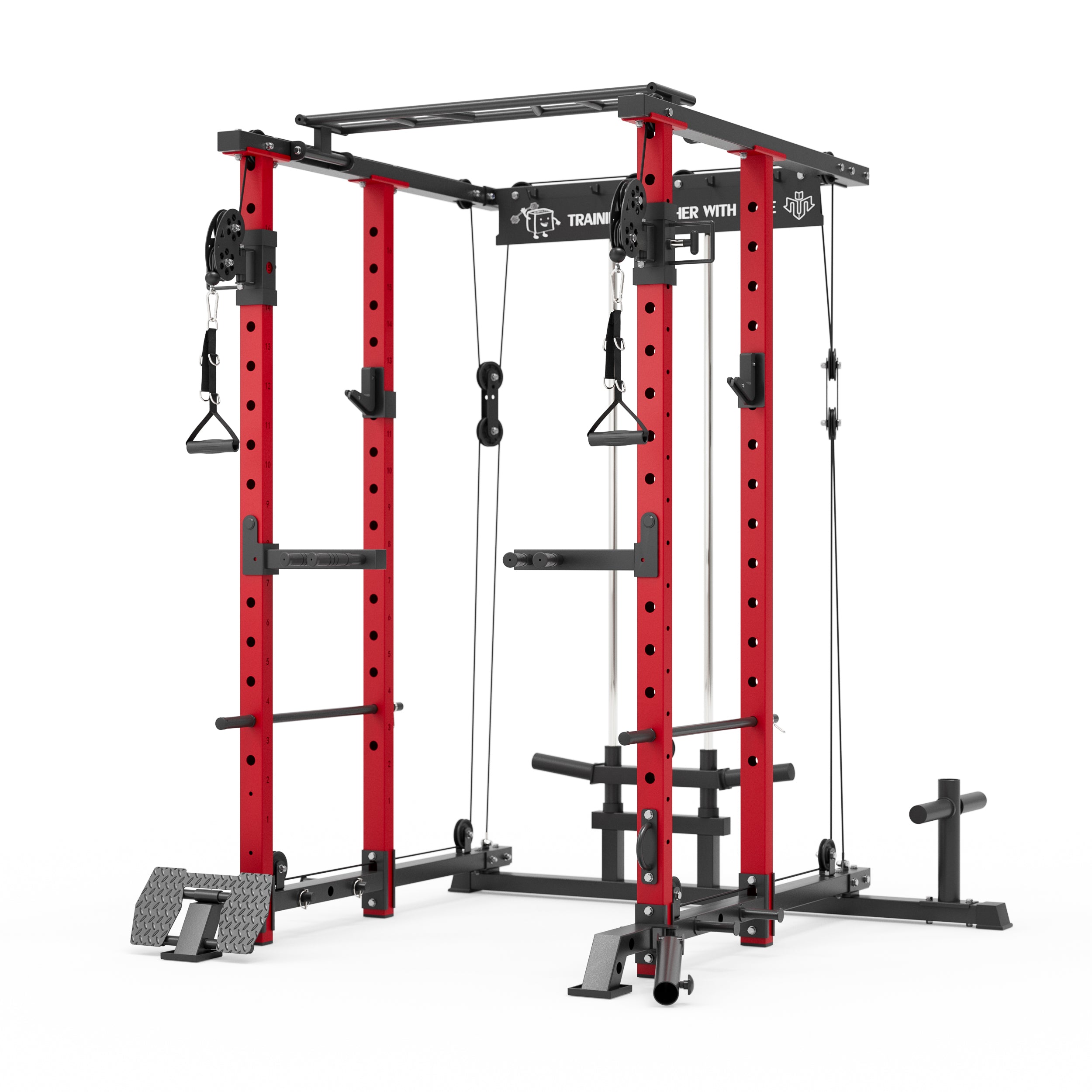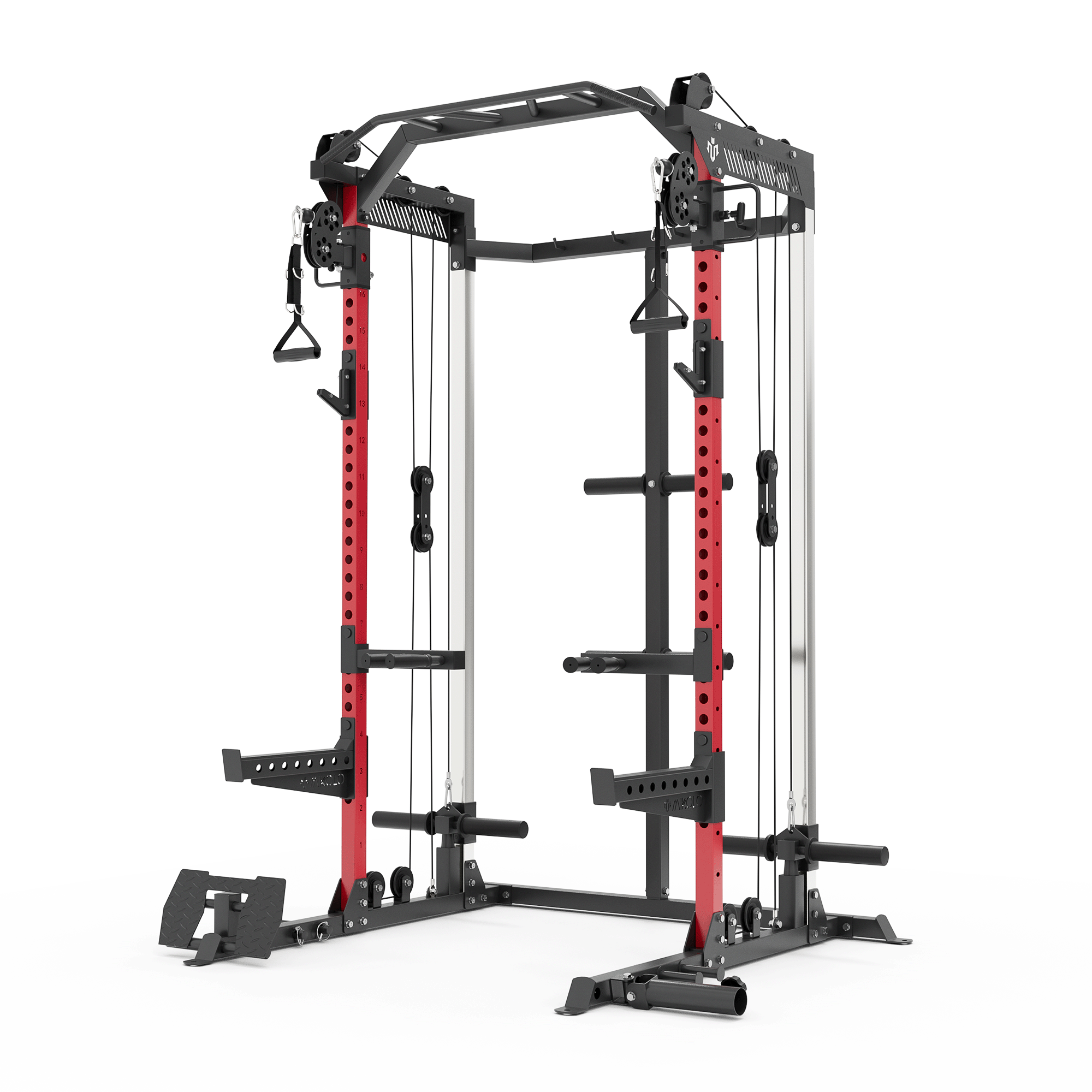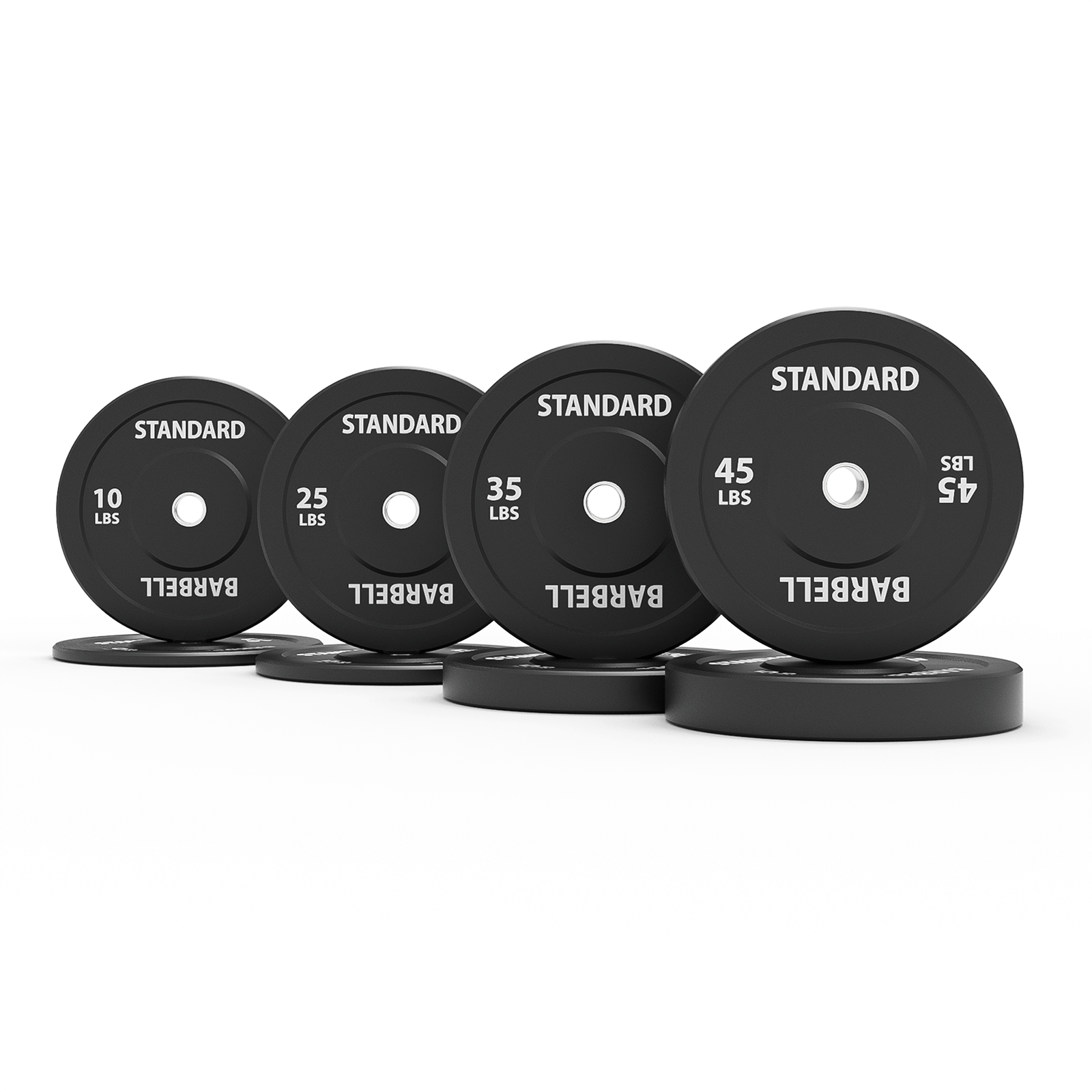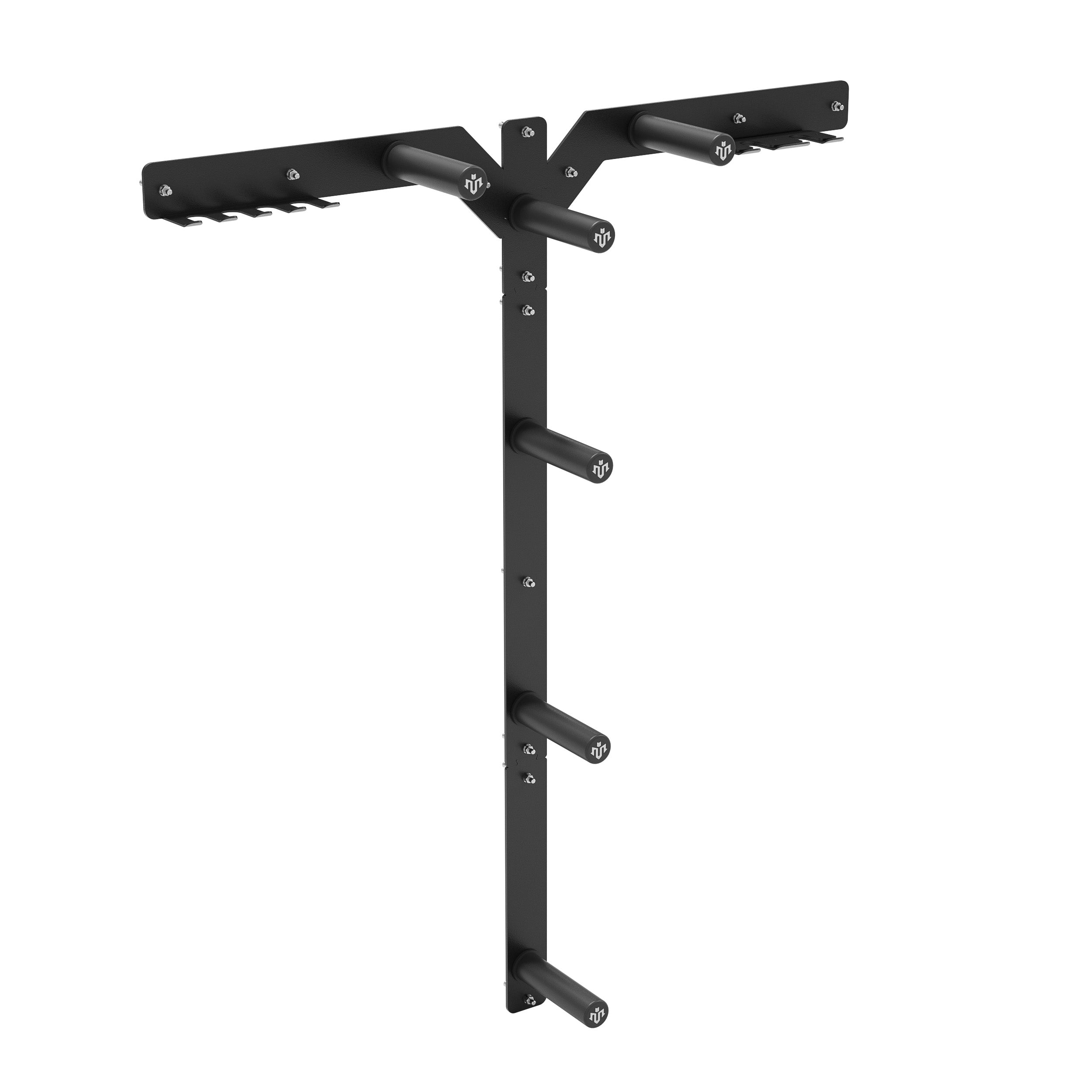When it comes to transforming your body, extreme exercise programs stand apart from the usual fitness routines. They demand full mental focus, exceptional physical effort, and a willingness to embrace discomfort. These programs aren't for the faint of heart—but for those who are ready, they can spark massive gains in strength, endurance, and discipline.
What Is Considered an Extreme Exercise Program?
An extreme exercise program is designed to push your body to its upper threshold. These routines often combine high-intensity strength training with explosive cardio and minimal rest. Think multi-round circuits, heavy compound lifts, and intervals that leave you gasping for air.
Popular formats include:
-
CrossFit-style WODs (Workouts of the Day)
-
Military-style bootcamps
-
Advanced HIIT programs
-
Hybrid athlete training (strength + endurance)
-
Marathon or ultra-endurance event prep
The Most Intense Workouts You Can Do
The most intense workouts typically involve full-body compound movements under fatigue. Examples include:
-
Barbell complexes (e.g., clean, front squat, press, repeat without putting the bar down)
-
Murph Challenge: 1-mile run, 100 pull-ups, 200 push-ups, 300 squats, 1-mile run (with a weighted vest)
-
Tabata sprint intervals
-
Strongman-style circuits (tire flips, sled pushes, farmer’s carries)
What makes these so intense is not just the physical output but the mental toughness required to keep going when every part of you wants to quit.
How to Structure a Really Intense Workout Regimen
A truly intense exercise regimen blends structured progression with variability:
-
Day 1: Upper body strength (low reps, heavy weight)
-
Day 2: HIIT cardio or sprint intervals
-
Day 3: Lower body power and mobility
-
Day 4: Full-body metabolic circuit
-
Day 5: Long slow distance (LSD) or active recovery
-
Day 6: Strongman or functional training
-
Day 7: Rest or deep stretching and mobility work
This balance allows you to train at a high frequency without burning out.
My Personal Experience with Very Intense Workouts
Several years ago, I followed a hybrid athlete program designed for tactical responders. It combined Olympic lifting, trail running, and ruck marches with minimal rest days. The first two weeks were brutal—my body ached, sleep suffered, and every session felt like a battle. But by week four, I noticed a change. I moved with more control, recovered faster, and craved the challenge. That program taught me that the mind often quits before the body truly reaches its limit.
Who Are Extreme Programs For?
These programs are ideal for:
-
Athletes seeking peak performance
-
Military, police, or firefighter candidates
-
Competitive fitness junkies
-
Individuals stuck in a plateau looking to break through
That said, they require a base level of fitness. Beginners should build up with moderate intensity training before jumping in.
Final Thoughts
Extreme doesn’t mean reckless. The most intense exercise routines still require smart programming, attention to recovery, and nutritional support. But if you’re chasing your edge—whether it’s mental toughness, physical capacity, or pure grit—these workouts can help you uncover a version of yourself you didn’t know existed.















































Leave a comment
This site is protected by hCaptcha and the hCaptcha Privacy Policy and Terms of Service apply.